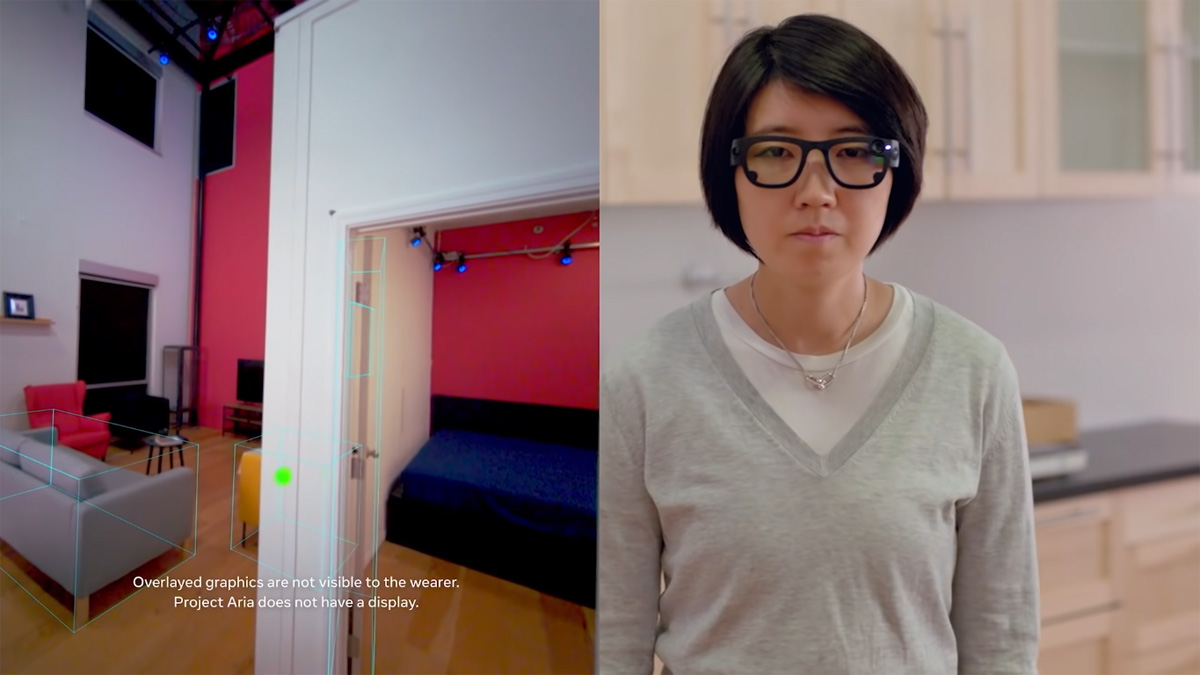It is also believed the glasses could come with eye tracking, an outward-facing camera, stereo audio, and feature a wide field of view. In addition, its AR capabilities would also allow the wearer to communicate with “hologram” representations of other users. Which is interesting, as it is unclear how self-mapping is achieved without an external capture device such as a webcam or a selfie camera. Moreover, it is said that the eyewear would operate independently without having to be paired to a smartphone, though the report mentions a “phone-shaped device” is necessary to handle its computing. The sources added that controls for the AR glasses are motion based, which requires the use of electrical pulse-based wristbands developed by CTRL-Labs, a startup company that Meta acquired back in 2019. And it looks like Meta won’t be releasing just one model of its AR glasses in 2024 either. According to the report, a less advanced eyewear called “Hypernova” would debut around the same time as well. However, this particular model would only offer basic features such as notifications through a small display and requires a constant connection to a smartphone. Based on that description, it is quite likely that the eyewear may function similarly to the OPPO Air Glass. But like OPPO’s device, which saw a limited run only in China, Meta’s own AR glasses might also be sold in a smaller number for its debut. The sources say that it would only be produced in the “low tens of thousands” to enthusiasts and developers – a target audience that Meta CEO Mark Zuckerberg considers as crucial. It is also said that Zuckerberg envisions the debut of its first AR glasses to be an “iPhone moment” for Meta, leading to a breakthrough that could revolutionise the tech industry. As you may recall, these ambitions have been portrayed visually by the CEO in his keynote from last year that accompanied the company’s major rebranding. Lastly, The Verge notes that the company is expected to follow up on the initial Project Nazare eyewear with a “lighter, more advanced” model in 2026. A third iteration is also planned for release in 2028, but no further information regarding the device was provided. (Source: The Verge)




